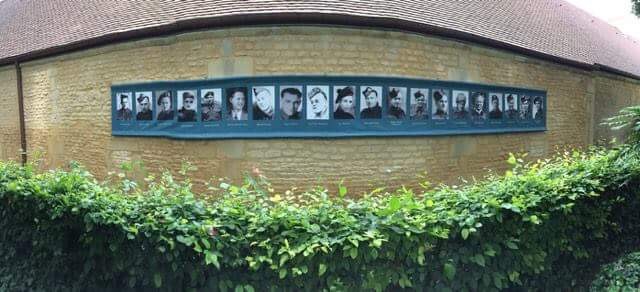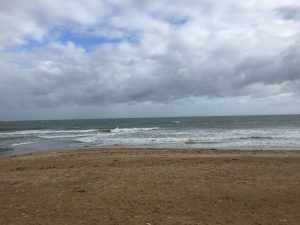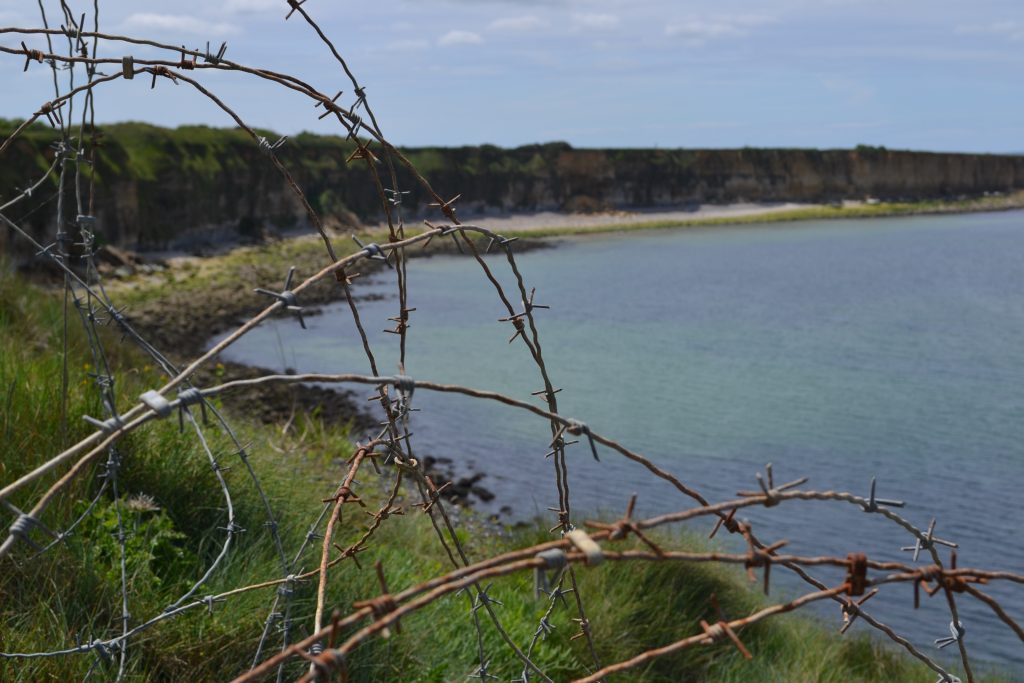The 10th of June was a rather somber day for me. Our group learned more about how the war impacted civilians in France with the help of a museum in Falaise called: Memorial des Civils dans la guerre. Here we learned about how children were educated under German control and the types of propaganda used to portray the Germans and others such as Petain, in a positive light. The museum is filled personal accounts of those who lived in Falaise (and maybe other areas) as well as those who survived the Holocaust. There was also a film designed to give the viewer a better understanding of what it would have been like to be a civilian during the war. This museum was significant to me because I could relate more to it as I have no military background. Having to hide while two well equipped armies fight over your city or town must have been horrifying especially without having the ability to defend yourself. I remember David Patterson telling me about how the civilians were often told to leave their homes but if they couldn’t, they would have to stay in the basement while the soldiers occupied the home.
We also visited the memorial at Montormel which is dedicated to the last phase of the battle of Normandy when the Germans became surrounded. While this was certainly a victorious day for the Allies and the French civilians, I couldn’t help to think of the many Germans who died during that phase of the war as well as how many began to question the war itself and the ideologies of Nazi Germany if they had not already been doing that.



